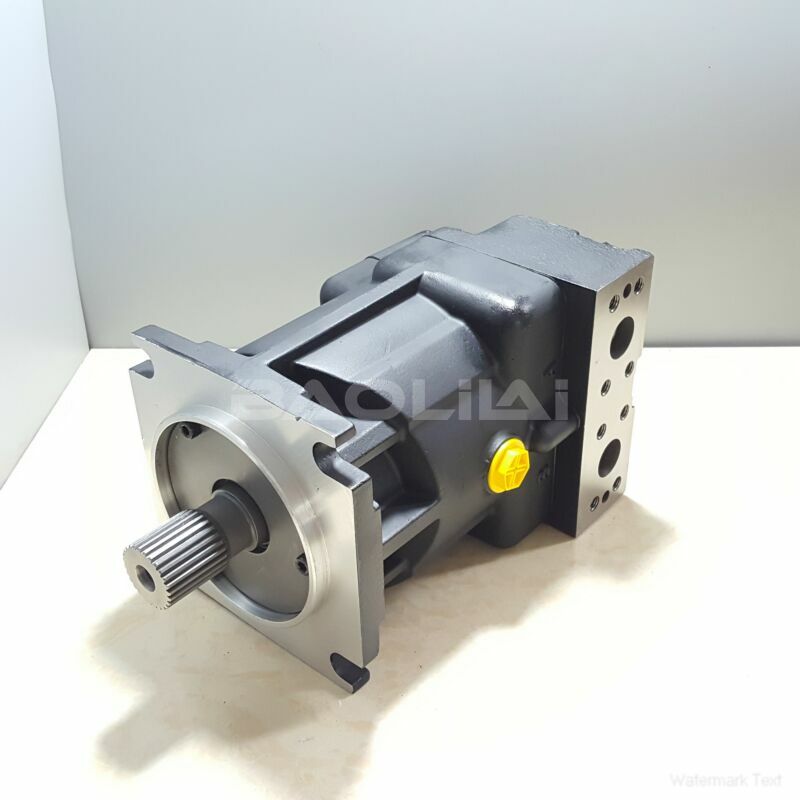90M100NC0N7N0S1W00NNN0000A3 high pressure motor
90M100NC0N7N0S1W00NNN0000A3 high pressure motor

- Product Details
- Applicable Scene
As industries continue to evolve towards digital transformation, high voltage motors play an essential role in enhancing the efficiency and productivity of smart manufacturing environments. With the proliferation of smart technologies such as the Internet of Things (IoT), artificial intelligence (AI), and big data analytics, the future of high voltage motors looks promising, ushering in new possibilities for automation and operational excellence.
90-M-100-NC-0-N-7-N-0-S1-W-00-NNN-00-00-A3
90M100NC0N7N0S1W00NNN0000A3
High voltage motors are foundational components in numerous industrial applications, including pumps, compressors, and conveyors. Their efficiency and reliability significantly affect overall system performance, making them imperative for streamlined operations. As smart manufacturing embraces data-driven solutions, high voltage motors are poised to benefit from advanced monitoring and predictive maintenance technologies.

83053018
One of the key trends in the future of high voltage motors is the integration with IoT platforms. By embedding sensors and connectivity features into these motors, manufacturers can gather real-time data on performance metrics such as temperature, vibration, and energy consumption. This data can be transmitted to centralized systems, allowing for continuous monitoring and immediate identification of potential issues. As a result, businesses can minimize downtime, reduce maintenance costs, and prolong the lifespan of their equipment.
The influence of AI and machine learning cannot be understated in this context. Intelligent algorithms can analyze the data from high voltage motors to identify patterns and predict failures before they occur. This predictive maintenance approach helps in optimizing maintenance schedules, thereby avoiding unexpected breakdowns and improving the overall operational efficiency of manufacturing processes.
Moreover, with the global push towards sustainability, high voltage motors are evolving to meet energy efficiency standards. Innovations such as variable frequency drives (VFDs) can dynamically control motor speed and torque, reducing energy consumption when the full capacity is not needed. The implementation of energy-efficient high voltage motors not only contributes to cost savings but also aligns with the industry’s commitment to reducing its carbon footprint.





